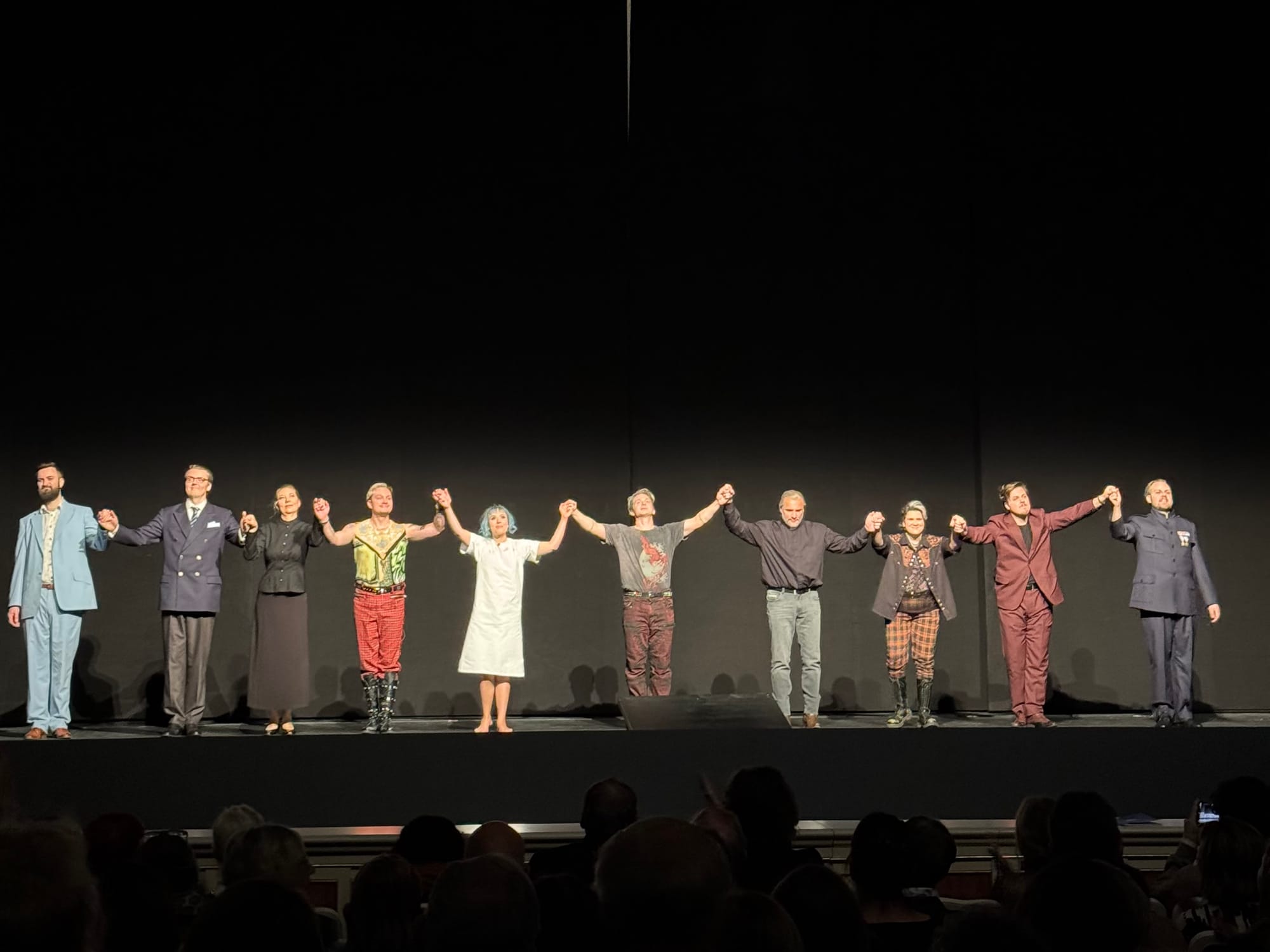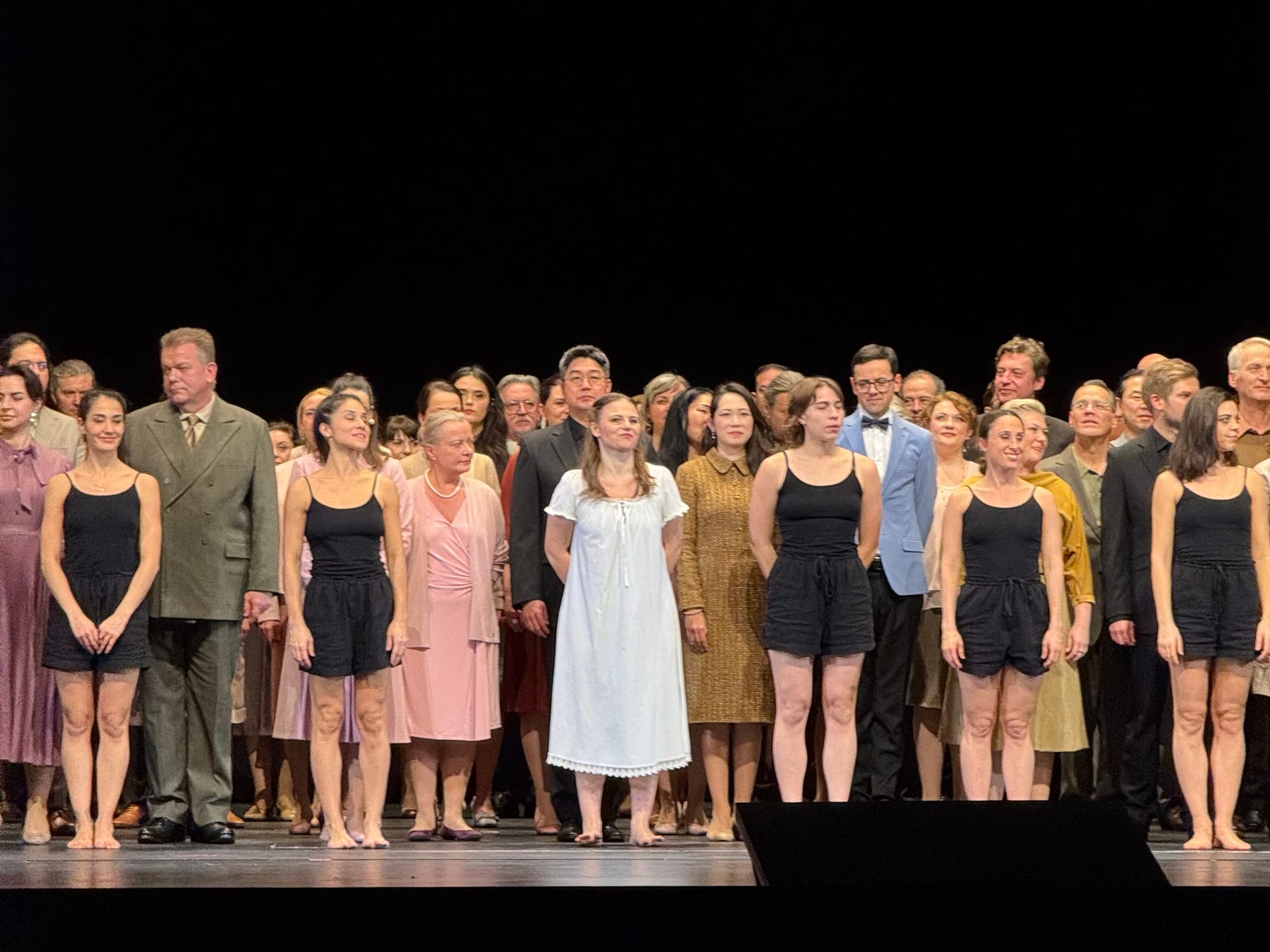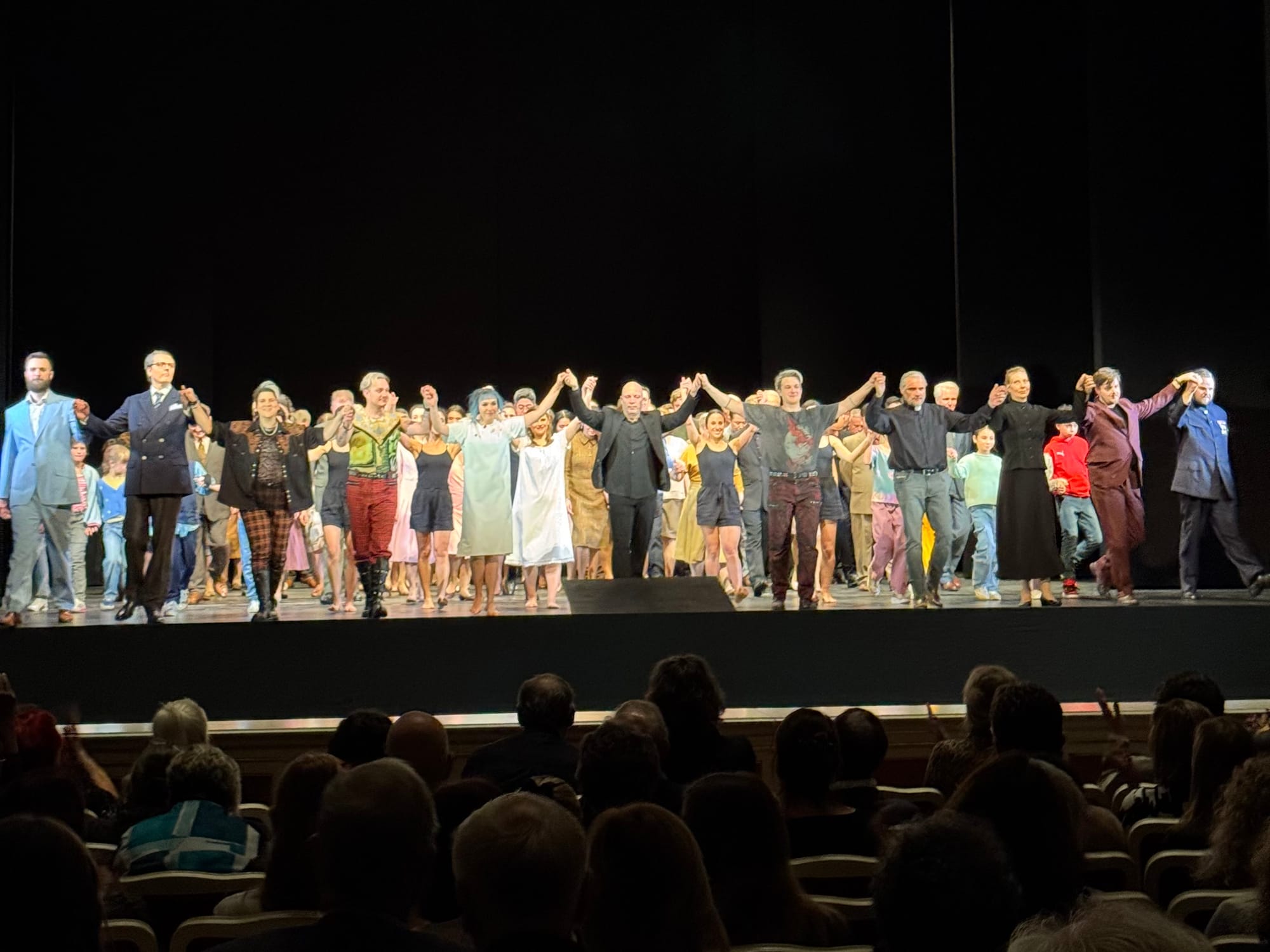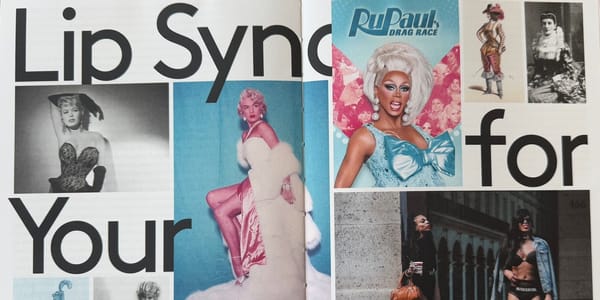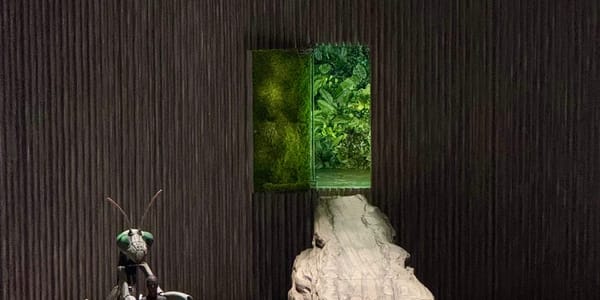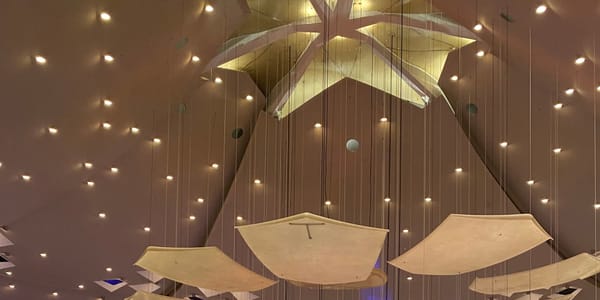Roméo et Juliette at Staatsoper Berlin
Instead of having two aristocratic families pitted against each other, this story becomes one of class conflict between wealthy upper classers and fringe-of-society street punks.
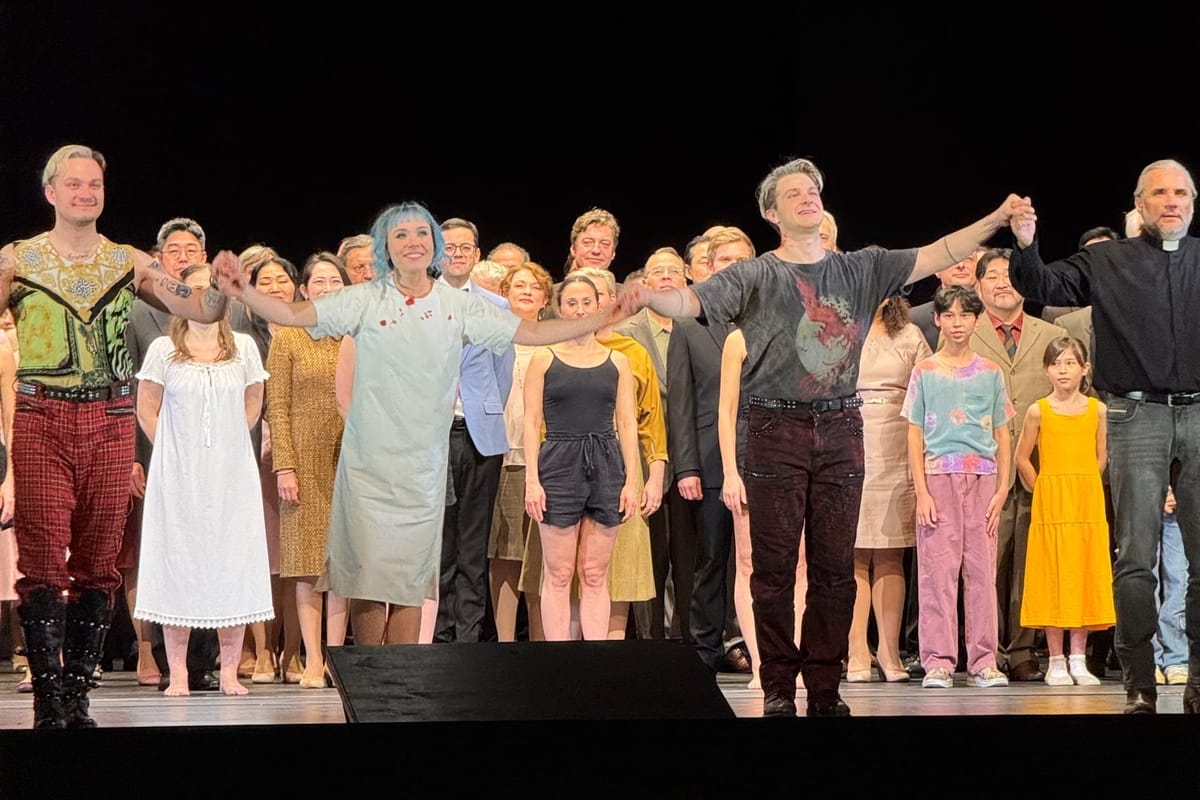
⭐️⭐️
🎭 Roméo et Juliette
🎶 Charles Gounod
🏛️ Staatsoper Unter den Linden
🗓️ 22.11.2024
“IN FAIR VERONA, WHERE WE LAY OUR SCENE”
There have been many attempts to stage this 400 year old Shakespearean classic in a contemporary setting. Contrary to most of the reviews I read online (I was really ready to dislike it), I believe this new production at @staatsoperberlin is quite successful at doing so, mainly for one reason: it makes crystal clear that Romeo and Juliet are CHILDREN, which explains their wildly irrational choices, the love-at-first-sight obsession, the dramatic infighting between the teenagers “of different houses”, and their blind trust into people like Friar Laurence—and by doing so, closes some of the plot holes which, from a contemporary perspective, dilute the drama of the story.
Because one of the core plot drivers of the story ultimately leading to the untimely deaths of our protagonists is a lack of communication, it makes perfect sense to stage this production in the pre-smartphone 1990s (which gave it strong parallels to the 1996 Baz Luhrmann adaption). Juliet has posters of the Fifth Element and Titanic in her room (and La La Land—she was ahead of her time it seems!), and the Montagues are staged as a rowdy punk gang with boom box and plaid as far as the eye can see.
This also results in an interesting feud dynamic: instead of having two aristocratic families pitted against each other, this story becomes one of class conflict between wealthy upper classers and fringe-of-society street punks. Which also perfectly explains why Mr. Capulet would hate to see his daughter hang out with one of these “rowdy kids”.
Interestingly, even with all these thought-out world-building details, the entire opera plot is framed with a stage-like setup which suggests that everything being shown is in itself just a staged story (think Inception: “we need to go deeper!”). This stage-within-stage returns in the key scene in which Juliet takes the sleeping potion: a faux-audience watches another Juliet take the poison on a stage in the far back (seated on replicas of the Staatsoper seats). Members of this faux-audience then turn out to be dancers which feature in the Act IV ballet. Neat!
Three final thoughts: 1/ fantastic effort by soloists, choir and orchestra, 2/ lots of scene changes and large moving set parts on the stage—sometimes quite loud and audible over the singing, and 3/ still not convinced that large-scale colorful and moving light projections onto the stage can be done successfully—I’ve seen multiple examples this year and it always gave tacky high school production vibes. In times where everything is becoming digital and non/tangible, I wager a step “back” to haptic, physical props and stage designs could actually be the way forward. “Je veux vivre” comme ca!
